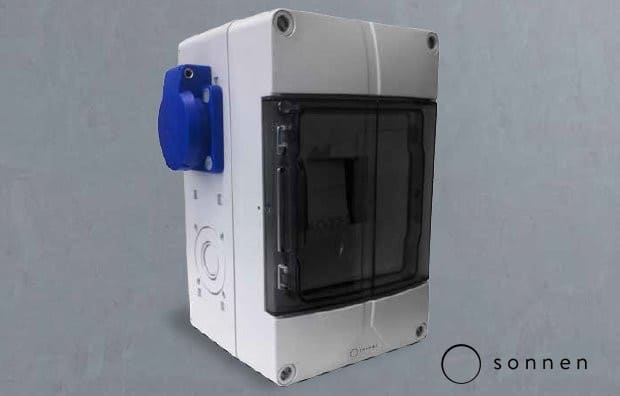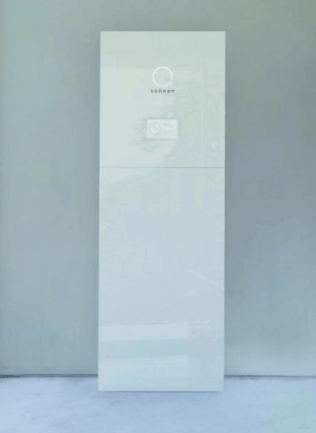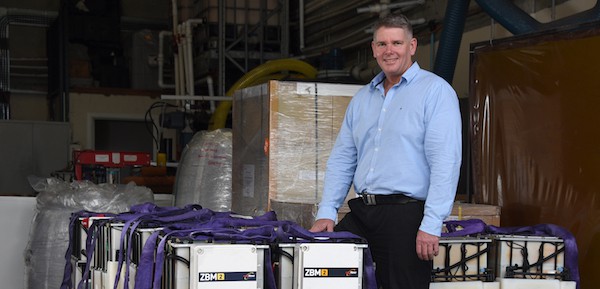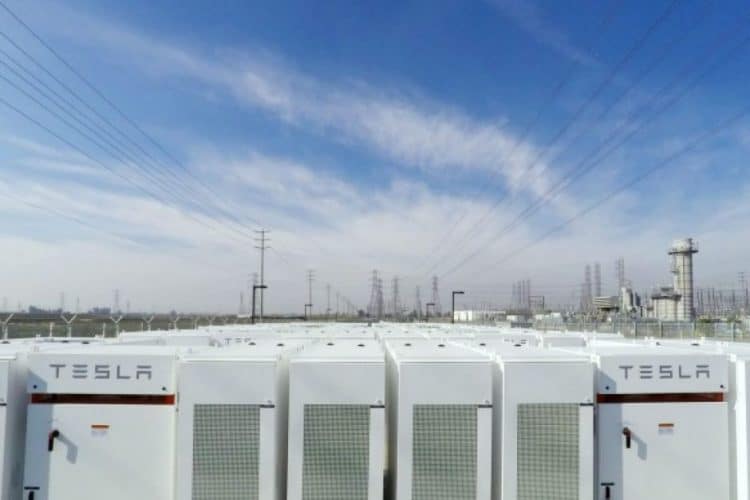A big week for German battery manufacturing company sonnen who have announced the sonnenBatterie Protect 1300 – also known as the sonnenProtect. This smart device links with an existing sonnen solar battery and detects mains power outages – at which point it quickly and safely switches you across to use your battery storage for selected appliances. They also have the sonnenProtect 2500, which comes with 2.5kW of power output as opposed to the 1.3kW the 1300 offers.
A common misconception about solar+storage is that you’ll have power during a blackout. Without something like the sonnen Protect this isn’t the case.

sonnenProtect 1300, 2500 – Sonnen Protect
The sonnen Protect is installed close to the battery system and offers up to 1.3kW of power output (i.e. you can’t run a bunch of air conditioners off it but it’ll keep a modern fridge up and keep your lights on, run a laptop, charge your phone, run fans, etc.). It will give you a single protected power point – from here, depending on your budget, you can use extension cords and plug boards through your house, run cables to defined backup power points, or even run new cables in your walls to defined power points. Keep in mind that with the current option each power point will be limited to 2.5kW load or 1.3kW with the sonnen 1300.
The device can be retrofitted to all existing sonneBatterie Eco models, which are modular and start at just 2kWh up to 16kWh in the same cabinet. You can chain multiple cabinets together if you need more than that.
sonnen made the news last year with their ‘free power’ offering via the sonnenFlat service, so this is another great offering from a renewable energy giant (they are the world’s largest home storage battery company)
Sonnen Protect Specifications, Size, Price
- 15cm wide
- 19cm high
- 12cm deep
- 800grams
Depending on what sort of solution you’d like (with regards to power points and running new wires in the walls), the install for a sonnenProtect 2500 is generally under $1,000 AUD.
If you’re interested in the sonnenProtect for your house please shoot us an email at [email protected] or fill out the form to your right and we’ll be in touch.
Download sonnenProtect 1300 datasheet (click here to download)
Download sonnenProtect 2500 datasheet (click here to download)
Download sonnenProtect 2500 Operating Instructions (click here to download)





